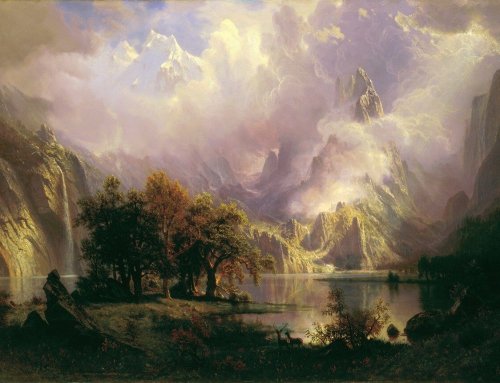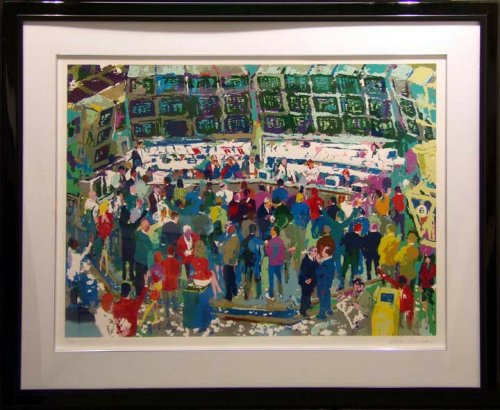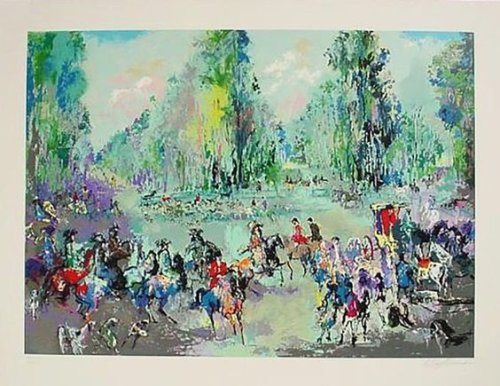Selling art online isn’t just limited to those working with digital art and NFTs. There is a huge market for traditional art mediums online, and the industry is making this shift sooner than you might think. In 2018, Art Basel valued online art sales at 9% sales globally, accounting for approximately $6B USD. In that same year, 93% of high net worth millennials confirmed that they had at one point bought art online via a brokerage platform or direct to consumer sites. This is a staggering statistic and captures a snapshot of the direction in which the industry as a whole is moving in the near future.
This means that for artists, an online presence is more vital today than it ever was, not only to showcase your pieces, but also to make direct sales outside of traditional brick and mortar art galleries.
Industry Trends
In 2020, global online art sales peaked at nearly $8B USD, an increase of $3B from 2019 levels. To put this into perspective, art sales worldwide dropped by 22% during the Covid-19 pandemic, as restrictions across the globe prevented auction houses and galleries from opening their doors. Meanwhile, online sales in this same time period doubled to represent 25% of all sales in the industry, compared to its usual 9-10% in previous years. As artists look ahead into the post-Covid economy, adopting resilient business practices will be a key factor in determining who makes it and who doesn’t. And transitioning to online sales has proven to be one of the best ways to ensure the flow of sales, even amidst lockdowns.
Pick the Right Platform
Now that you’ve decided to make the leap and get your art online, the very first step is to determine what kind of medium you’ll use to showcase your work. There are a plethora of website builders out there where anyone can easily set-up an online portfolio, or even a simple e-commerce store. Squarespace and Wix market heavily to millennials, offering a sleek, minimal and modern website that anyone can build for a small fee. And of course, there are online art galleries, with services ranging from simply listing your pieces, to full service offerings like SEO, digital marketing and dedicated support. Artists who are just starting out may benefit from the latter, as they will have access to experienced professionals who can help guide them as they set up their online presence for the first time and expand their customer base. While more established artists can assume the risk of going full independent and relying on an already dedicated customer base.
Whatever the scale and experience level of the artist, the transition to online sales needs to happen yesterday. As a new generation of art collectors and prospective buyers emerge, knowing where artists meet buyers is crucial; and for the foreseeable future, that place is the internet.
By Joshua Jung








